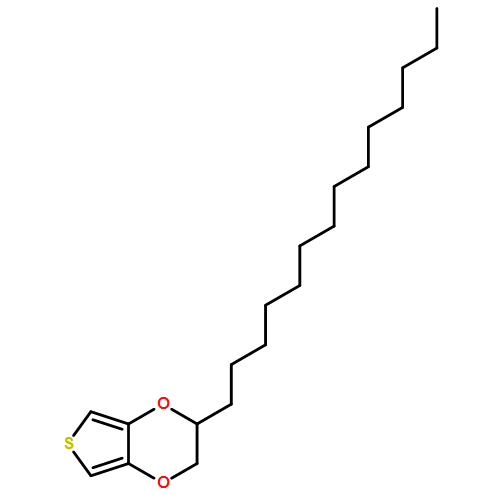Co-reporter: Mohammed B. Garada, Benjamin Kabagambe, and Shigeru Amemiya
pp: 5348
Publication Date(Web):April 30, 2015
DOI: 10.1021/acs.analchem.5b00644
Cation-exchange extraction of polypeptide protamine from water into an ionophore-based polymeric membrane has been hypothesized as the origin of a potentiometric sensor response to this important heparin antidote. Here, we apply ion-transfer voltammetry not only to confirm protamine extraction into ionophore-doped polymeric membranes but also to reveal protamine adsorption at the membrane/water interface. Protamine adsorption is thermodynamically more favorable than protamine extraction as shown by cyclic voltammetry at plasticized poly(vinyl chloride) membranes containing dinonylnaphthalenesulfonate as a protamine-selective ionophore. Reversible adsorption of protamine at low concentrations down to 0.038 μg/mL is demonstrated by stripping voltammetry. Adsorptive preconcentration of protamine at the membrane/water interface is quantitatively modeled by using the Frumkin adsorption isotherm. We apply this model to ensure that stripping voltammograms are based on desorption of all protamine molecules that are transferred across the interface during a preconcentration step. In comparison to adsorption, voltammetric extraction of protamine requires ∼0.2 V more negative potentials, where a potentiometric super-Nernstian response to protamine is also observed. This agreement confirms that the potentiometric protamine response is based on protamine extraction. The voltammetrically reversible protamine extraction results in an apparently irreversible potentiometric response to protamine because back-extraction of protamine from the membrane extremely slows down at the mixed potential based on cation-exchange extraction of protamine. Significantly, this study demonstrates the advantages of ion-transfer voltammetry over potentiometry to quantitatively and mechanistically assess protamine transfer at ionophore-based polymeric membranes as foundation for reversible, selective, and sensitive detection of protamine.
